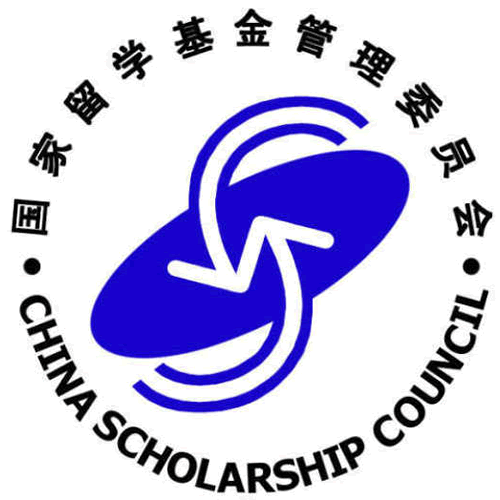PhD Research Studentships
Advanced manufacturing, imaging and modelling of novel-structured high-energy density lithium-ion battery electrodes
| Supervisor: | Xuekun LU |
| Apply by: | 31 January 2024 |
| Start in: | September (Semester 1) |
Description
The Graphite/Si composite electrode is regarded as one of the most promising candidates for next-generation automotive lithium-ion batteries due to its high energy density compared to the conventional graphite electrode. However, major drawbacks in graphite/Si anodes remain, such as global volume expansion of the electrode, cracking and pulverization of Si particles (up to 300% expansion), loss of electrical connectivity and capacity, decrease of porosity, undermining the ionic transport and the fast charge capability and fast decay of capacity due to side reactions, consuming electrolyte rapidly. Thus, the state-of-the-art commercialised cells are only loaded with up to 10 wt% Si into the graphite anode to mitigate the structural and chemical degradations. There is great potential as well as an urgent requirement to exceed this limit via improved microstructure design.
In this project, we will conduct pioneering research to unlock the full potential of the graphite/Si composite electrode for next generation automotive lithium-ion batteries. Advanced manufacturing techniques will be utlised to fabricate novel-structured graphite/Si composite electrodes, which will be characterised by state-of-the-art imaging and electrochemical testing methods (operando microscopy, acoustic, lab/synchrotron X-ray CT, FIB-SEM, operando XRD etc). These will reveal the synergistic effect of the graphite/Si particles across multiple spatial and temporal domains and are correlated to the microstructural evolution and the heterogeneous degradation of the electrode. These will also verify the efficacy of microstructural design in mitigating chemical and mechanical degradation over the cycling period, as well as suppress lithium plating during fast charging. 3D microstructural-resolved modelling will also be conducted to understand the interplay between electrode design and performance.
This PhD project is therefore an exciting opportunity to develop state-of-the-art manufacturing, imaging and modelling skills and commit to the net zero emmissions roadmap of the UK. The successful candidate will have the opportunity to work with a team with wide expertise in material design, manufacturing, material, characterisation, multiscale imaging, tomography and modelling.

Funding
Funded by: China Scholarship CouncilCandidate will need to secure a CSC scholarship.
Under the scheme, Queen Mary will provide scholarships to cover all tuition fees, whilst the CSC will provide living expenses and one return flight ticket to successful applicants.
Eligibility
- The minimum requirement for this studentship opportunity is a good honours degree (minimum 2(i) honours or equivalent) or MSc/MRes in a relevant discipline.
- If English is not your first language, you will require a valid English certificate equivalent to IELTS 6.5+ overall with a minimum score of minimum score of 6.0 in each of Writing, Listening, Reading and Speaking).
- Candidates are expected to start in September (Semester 1).
Contact
For informal enquiries about this opportunity, please contact Xuekun LU.
Apply
Start an application for this studentship and for entry onto the PhD Chemical Engineering full-time programme (Semester 1 / September start):
Please be sure to quote the reference "SEMS-PHD-570" to associate your application with this studentship opportunity.
| Related website: | https://summertree090909.wixsite.com/xuekunlu | |
| SEMS Research Centre: | ||
| Keywords: | Chemical Engineering, Manufacturing, Materials Science - Other, Mathematical Modelling |

